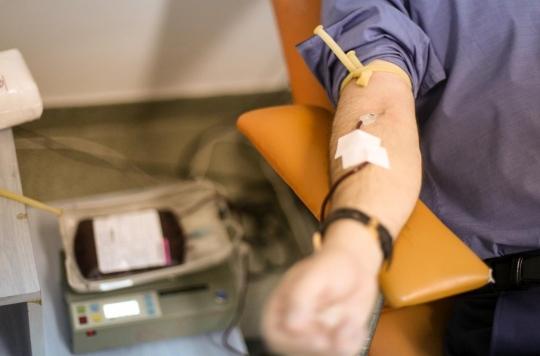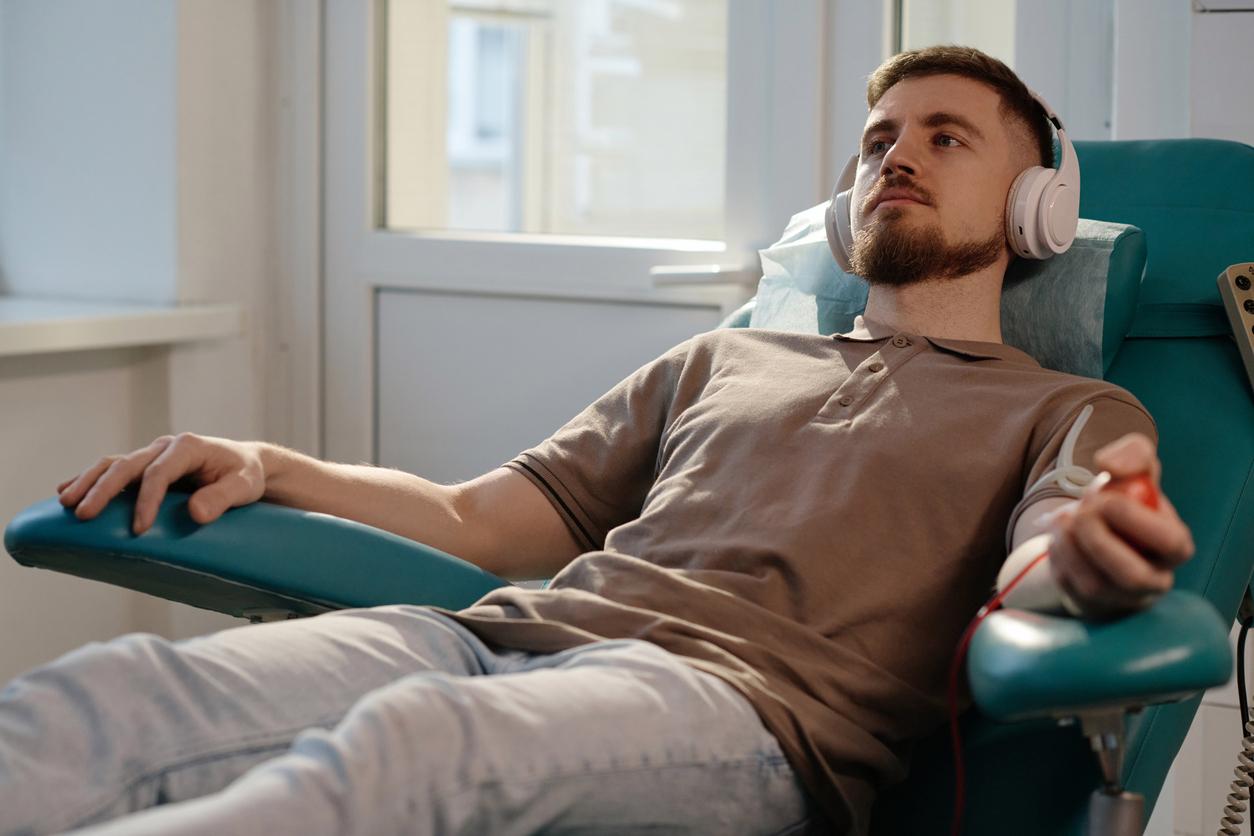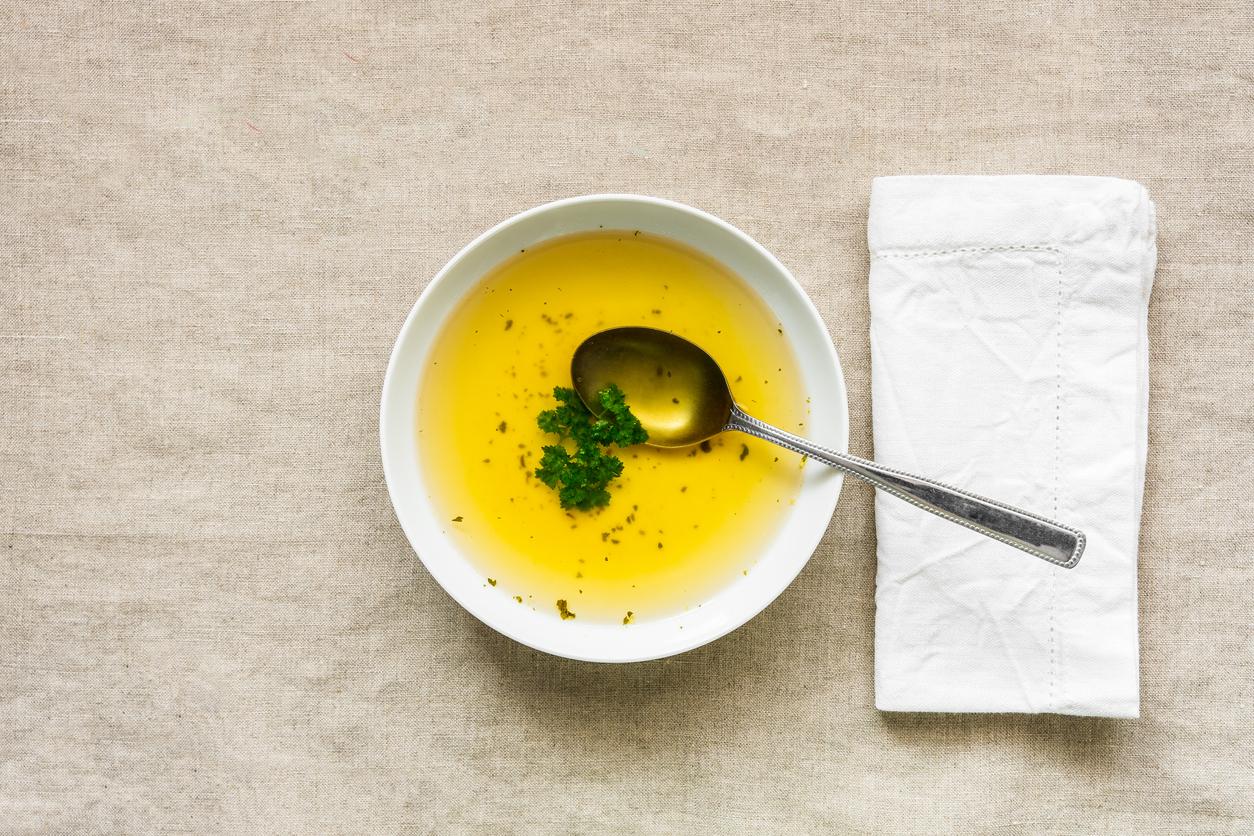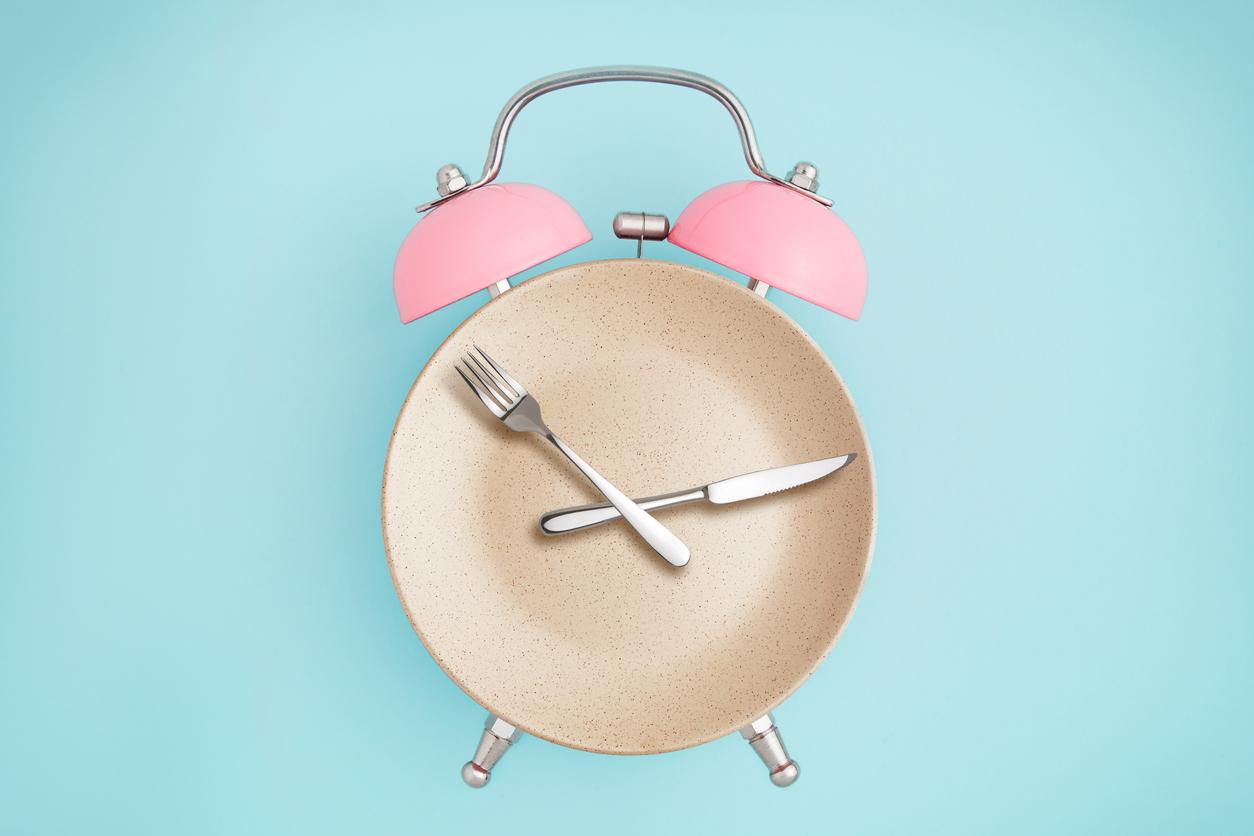Recently, the Biomedicine Agency launched an appeal for bone marrow donation. She is particularly looking for men aged 18 to 35 as volunteers in order to increase the chances of a transplant for all patients. But why does the establishment target young male donors? Explanations.

- For bone marrow donations, young men are more solicited because they are not enough to be registered on the national file and their grafts are richer in hematopoietic stem cells.
- In order to make a donation, you must be in good health, between the ages of 18 and 35 and answer a health questionnaire.
Donate bone marrow cells “is an altruistic, voluntary, free and totally anonymous act”. This is the message sent by the Biomedicine Agency for several days. This donation can save the lives of people with a serious blood disease. This is for example the case of Joseph, 3 and a half years old, who suffers from leukemia, namely a condition characterized by the excessive production of abnormal white blood cells. Patients with aplastic anemia, myelodysplasia, Fanconi anemia, and congenital immune deficiency also require bone marrow cell transplantation.
Young male donors are recruited first
On January 19, the Biomedicine Agency announced that it was mainly looking for men between the ages of 18 and 35 for bone marrow donations. “70% of people taken for national patients are men. However, the national register of voluntary bone marrow donors only has 36% men”, can we read in his press release. On FranceInfoCatherine Faucher, hematologist and head of the hematopoietic stem cell (HSC) collection and transplant center at the agency, insisted “to say that it is young men who are expected to be registered on the national file.”
Why are young men more in demand for bone marrow donation?
The Biomedicine Agency explained that a transplant carried out from a sample of bone marrow cells taken from a man allows simpler management of the transplant for the patient. “This difference is explained on the immunological level, by the absence, in men, of the antibodies naturally developed by women during each pregnancy. However, these antibodies complicate the good tolerance of the bone marrow graft after the transplant for the sick”, he developed.
According to Catherine Faucher, young male donors are particularly sought after because their grafts “are richer in hematopoietic stem cells. And engraftment is faster for patients.”
Two methods for bone marrow harvesting
Two techniques make it possible to harvest a different type of graft corresponding to the needs of the patient. In 80% of cases, the donation of bone marrow cells is done by blood collection. In this situation, the donor takes a drug, which aims to stimulate cell production and move them from the bones to the blood, a few days before the donation. On D-day, the collection lasts about 4 hours. Another method: a sample taken by puncture in the posterior bones of the pelvis. This operation takes place under general anesthesia.

















